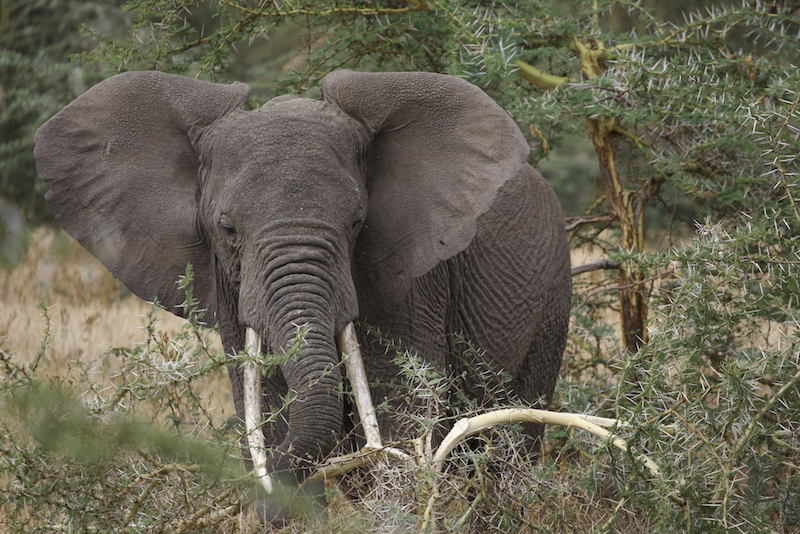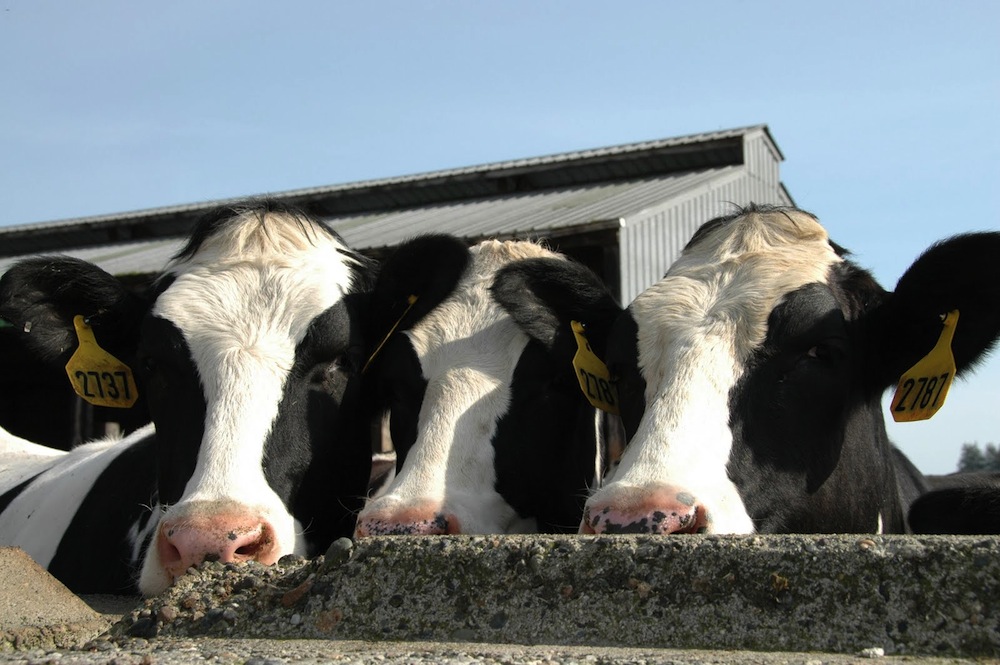Herbivores: Facts About Plant Eaters

An herbivore is an animal or insect that only eats vegetation, such as grasses, fruits, leaves, vegetables, roots and bulbs. Herbivores only eat things that need photosynthesis to live. This excludes insects, spiders, fish and other animals. Some parasitic plants that feed off of other plants are also considered herbivores.
Types of herbivores
There are many different types of herbivores. Many eat a variety of plants, while some stick to one type of plant. Those who stick to one type of plant have their own special classifications. For example, animals that eat primarily fruit are called frugivores, according to Encyclopedia Britannica. Fruit bats and flying foxes are examples of frugivores. And, animals and insects that eat mostly leaves — such as pandas, caterpillars, giraffes or koalas — are called folivores.
Animals that eat wood exclusively or almost exclusively are called xylophages. Termites and Asian long-horned beetles are examples of xylophages. Contrary to popular belief, beavers are not xylophages. In addition to wood they also consume leaves, roots and aquatic plants.

Size
Herbivores can be very large or very small. The world’s largest herbivore is the African elephant. It can grow to 8.2 to 13 feet (2.5 to 4 meters) from foot to shoulder and weigh 5,000 to 14,000 lbs. (2,268 to 6,350 kilograms) according to National Geographic. An adult can eat up to 300 lbs. (136 kg) of vegetation, including fruit, roots, grasses and bark in a single day.
The world’s smallest herbivore may be the featherwing beetle. It measures just 0.0127 inches (0.325 millimeters) according to Discovery. The featherwing eats molds and fungi it finds in moist, organic materials, such as compost heaps, decaying logs, animal dung, sea weed on sea shores and under leaves.
Herbivores and the food chain
What an organism eats determines its level on the trophic system, also known as the food chain. Almost all living things on Earth, either directly or indirectly, get nourishment from the sun. “This means that photosynthetic organisms are the critical link between the sun and all life on Earth," Kyle McCarthy, an assistant professor of wildlife ecology in the University of Delaware’s College of Agriculture and Natural Resources, told Live Science. "This is why we call plants "producers," and they are at the base of our trophic system. All other animals and organisms rely on their conversion of the sun's light energy and converting it into chemical energy.”
Herbivores are the transportation system of photosynthetic energy and are called "primary consumers" in the trophic system, meaning they are the first animals to eat the producers. “But, according to the second law of thermodynamics, not all of the energy captured by plants will transfer into the herbivores. Although it varies, only approximately 10 percent of the energy in plants will enter the ‘primary consumer’ trophic level,” said McCarthy. This is why there are fewer herbivores than plants on Earth. There are more herbivores on Earth than carnivores for the same reason, explained McCarthy. Only around 10 percent of the herbivore's energy will be used by the carnivore that consumes it.
The differences between carnivore and herbivore digestive systems
The digestive systems of carnivores and herbivores are very different. Carnivores typically have only one stomach chamber and a simple digestive system. Herbivores can often have several stomach chambers and a much longer digestive tract. Herbivores with multiple stomach chambers — such as camels, deer, sheep, giraffes and cattle — are called ruminants.
“Plant cells are tough, and the cellulose that makes up their cell walls is difficult to digest,” said McCarthy. Digestion starts with the teeth. Herbivores have large, flat teeth that grind up plant materials. In contrast, carnivores have mostly sharp, pointed teeth that are used for tearing flesh. Once the plant materials are chewed, special bacteria in the gut of an herbivore and the longer digestive tract break down the plant material.

Ruminants regurgitate food and rechew it to help with the digestive process. This regurgitated food is called cud. After swallowing the cud, it travels to the second stomach chamber. After it softens, the cud goes back up to be chewed again and then goes down to the third chamber. This keeps happening until the cud has made its way through all of the stomach chambers, according to National Geographic.
The herbivores do the hard job of processing the energy that comes from plant life, which makes them much easier to digest for the carnivores. “This is why we will see a much shorter and less complicated digestive system in an obligate carnivore like a tiger versus a true ruminant such as a cow,” said McCarthy.
Additional resources
Sign up for the Live Science daily newsletter now
Get the world’s most fascinating discoveries delivered straight to your inbox.











